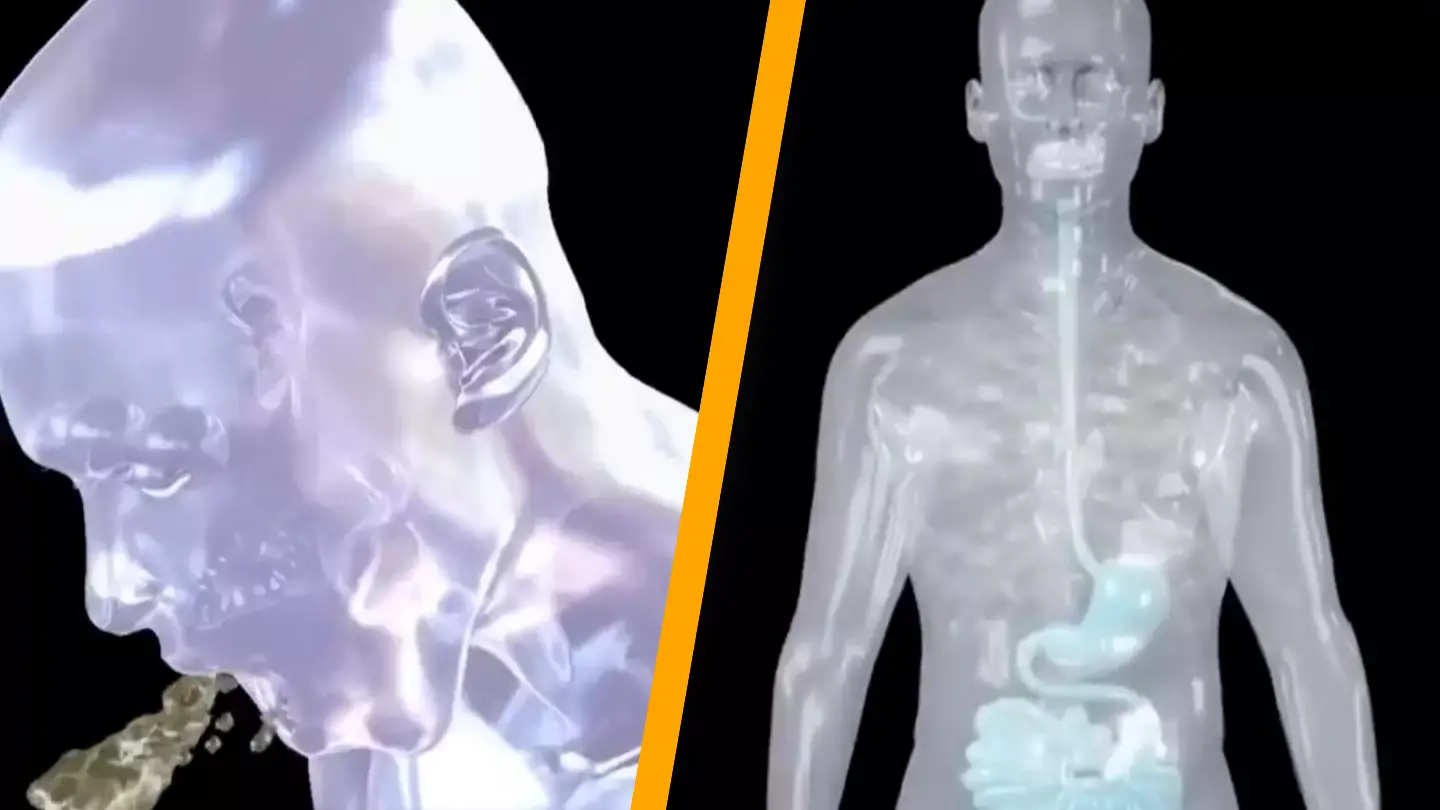A simulation that demonstrates the internal process of vomiting has been making rounds on social media, leaving viewers feeling queasy just from watching it.
We are all familiar with the external experience of vomiting—sitting there with our head in our hands, peering into the toilet, wondering why we indulged in that extra shot or ignored the sell-by date on those prawns.
While you may recognize the remnants of your previous meal as they make their way out, have you ever wondered about the internal mechanisms at play during this process?
The simulation, attributed to its original creator and posted on Instagram by @today_knowledges, provides a glimpse into what happens inside your body before the contents of your stomach are expelled. Whether it lands in a toilet, on the roadside, or hopefully anywhere but a taxi, the mechanics remain the same.
The video illustrates the small intestine, pyloric sphincter, stomach wall, and oesophagus. It shows a green liquid pooling low in the stomach, joined by additional neon green globules from the small intestine, gradually filling the stomach.

This is the point where retching begins, with the diaphragm and abdomen contracting. Signals travel via the vagus and splanchnic nerves to the oesophagus, causing the vomit to make its way up and out.
According to Science Focus, when your body detects a ‘threat’—such as toxic substances like excess alcohol or stress hormones—it activates the brain’s chemoreceptor trigger zone (CTZ).
The inner ear is particularly attuned to swaying motions, while the vagus nerve detects stomach upset. Once the CTZ senses these triggers, it initiates a series of reactions.
Your mouth produces extra saliva to protect against the incoming stomach acid. Meanwhile, your diaphragm starts contracting in short bursts to pressurize the stomach and propel its contents upward.
The glottis, located in your throat, closes to seal the airway, preventing anything from entering or exiting the lungs.
Your abdominal muscles intensify the contractions initiated by your diaphragm, further increasing pressure to ensure the stomach’s contents are expelled.
To add to the discomfort, your sympathetic nervous system elevates your heart rate, making you sweaty as well.
As one Twitter user put it: “I think I could’ve gone without knowing how this happens. I can’t stand the feeling.”
Another commented: “I almost vomited seeing this.”
Perhaps it’s time to consider a sober November?

